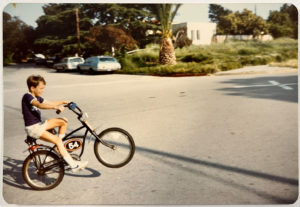Today’s Question: Does the “Create Saved Print” tab in the Print module do the same thing [as exporting from Lightroom Classic and adding the exported image back to the catalog]?
Tim’s Quick Answer: No. A saved print in Lightroom Classic preserves the print layout, but that does not create a new file that has all the adjustments applied. Rather, the saved project is a collection with a reference to the source images used for the print layout.
More Detail: Today’s question is a follow-up to the question from February 12th, where the photographer who asked the question wanted to “lock in” the adjustments applied to an image for a print as a separate derivative image. My recommendation was to export a copy of the original and add that exported image back to the catalog by turning on the “Add to This Catalog” checkbox in the Export dialog.
When you create a saved print in the Print module, you’re preserving the print layout (via a collection) while maintaining a reference to the image(s) used in the print layout. This does not create a derivative image with the adjustments applied. In fact, if you were to modify the source image that was included in a saved print and then returned to the saved print, the changes to the original would be reflected in the print layout.
For example, let’s assume you saved a print that included only one image that was in color. Then you go to the source image that was used in the saved print layout and convert it to black and white. At that point if you return to the saved print, the layout will show the image in black and white rather than color.
So, a saved print is really just a way to preserve a specific print layout, not to create a derivative copy of an image that has the adjustments previously applied “baked in” to that image.


